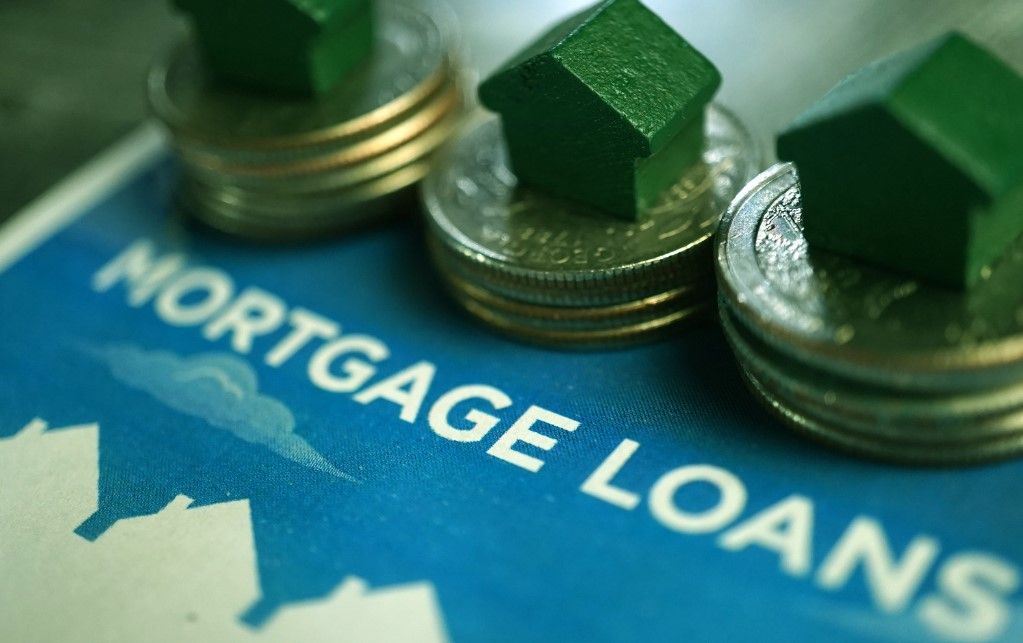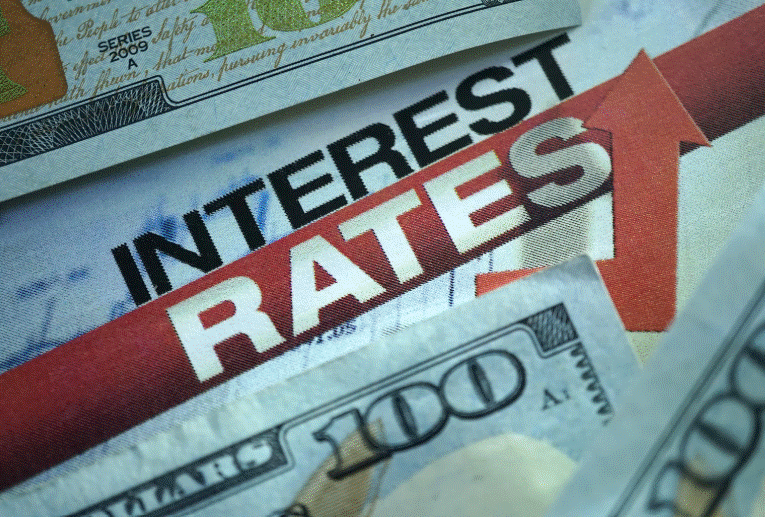Before, during and after the COVID-19 pandemic, home prices steadily climbed. These increases, combined with a growing but still modest inventory of houses for sale, make for hard times for banks and other mortgage lenders. Rubbing salt in this economic wound is the fact that the governors of the Federal Reserve System ("the Fed") are incrementally raising interest rates in order to put a check on inflation. The cumulative effect is that the American Dream of home ownership is drifting farther away from the grasp of more people. Because of these occurrences, lenders may be down...but not out. Shedding the post-credit crisis underwriting rigidity may be key to their survival.
Uptick in Mortgage Rates
At the end of 2021, residential mortgage rates were at three plus percent or, in some cases, even lower. Half a year later, they are fast approaching the five to six percent range. While those blessed with long life can remember interest rates in the double digits, most younger and first-time home buyers were raised with much lower rates. The last four years, at least, have seen the results of quantitative easing by the Fed as well as direct action to lower rates during the coronavirus pandemic. The long-forgotten reality of rising inflation has caused the Fed to reverse course. Mortgage rates are doing likewise.
Supply and Demand in the Real Estate Markets
According to Forbes magazine, the prices for houses are soaring unabated in defiance of inflation, higher rates and more properties for sale. The summer of 2022 saw the median listing price for single-family residences rose nearly 17 percent over the previous summer. This movement in home value is inhibiting would-be buyers from looking, even driving others off the home search path altogether. As of July of 2022, applications for home financing -- especially refinances -- sit at a 22-year low.
How Will Lenders Respond?
In the face of this daunting reality, banks and finance companies are considering credit scores that are lower than what was acceptable previously. This is not a free pass, of course. If the credit score falls below 600, any approved applicant is sure to pay a higher interest rate than what is conventionally offered. In scenarios like this, the good borrowers must sadly pay for the unreliable ones. In any event, this lower standard may draw significantly more customers out of mortgage hibernation.
Another area of relaxation is loan-to-value ratio (LTV), the all-important underwriting figure that reveals the percentage of total home value consumed by the loan. Traditionally, the threshold ratio of down payment (or equity) to loan amount is 20 percent, though it can go lower provided the borrower pays mortgage insurance. Fannie Mae, the quasi-government corporation that buys mortgage loans from lenders is advertising its approval of 97 percent LTV, i.e. three percent equity. This is rare for conventional loans, although government-backed loans from the Department of Veterans Affairs (VA) and the Department of Agriculture (USDA) have historically offered mortgage loans at 100 percent LTV.
Will There Be Another Credit Crisis?
An honest observer might have doubts about all this easing of conditions. After all, was it not bad loans that brought on the banking crisis of 2008? In fact, lenders are betting the other way. None of the measures they are considering approach the permissiveness of the sub-prime transactions that were bundled as securities in the 1990s and early 2000s. Banks are more careful, too, about offering "teaser" rates on adjustable-rate products. The aim is to gain a sliver of those prospective borrowers that are just short of approval.





